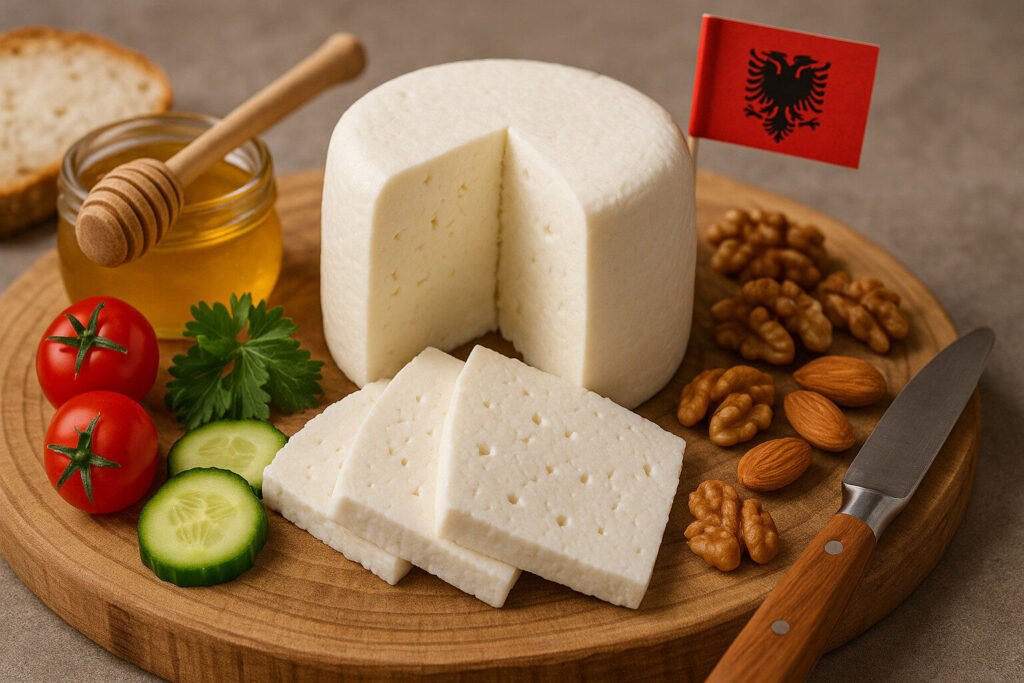Breakfast Staple Cheese
Definition and Scope
Breakfast staple cheeses are mild, versatile dairy products commonly consumed during morning meals. These cheeses typically exhibit high meltability and subtle flavors to complement other breakfast ingredients. Their scope includes fresh, soft-ripened, and semi-soft varieties that pair well with eggs, breads, and breakfast meats.
Common examples encompass cream cheese, cottage cheese, and mild cheddars. These cheeses are distinguished by their approachable flavor profiles and quick preparation compatibility. They serve as foundational components in many Western breakfast traditions.
Production Methods
Breakfast cheeses undergo standardized production to ensure consistent mildness and texture. Cream cheese is made by adding lactic acid bacteria to cream and pasteurizing the mixture. Cottage cheese production involves curdling milk with rennet and washing the curds to achieve its characteristic mild flavor.
Many breakfast cheeses undergo high-temperature processing for improved meltability and shelf stability. Controlled aging periods for varieties like mild cheddar are brief, typically ranging from one to three months. These methods prioritize texture development over complex flavor maturation.
Sensory Profile
Breakfast staple cheeses present delicate aromas with minimal pungency or sharpness. Their flavor spectrum ranges from the fresh lactic notes of cottage cheese to the buttery richness of cream cheese. Texture varies from spreadable consistency to semi-firm structures that slice cleanly.
Visual characteristics include pale white to light yellow coloration without strong rind development. These cheeses typically lack the crystalline textures or blue veining found in more complex varieties. Their sensory attributes are designed to provide comforting familiarity rather than challenging complexity.
Culinary Applications
Breakfast cheeses serve primarily as spreads, melts, and mix-ins for morning dishes. Cream cheese enhances bagels and pastries, while cottage cheese complements fruit plates and pancakes. Shredded mild cheddar and Monterey Jack are preferred for omelets and breakfast sandwiches due to their excellent melting properties.
These cheeses often function as binding agents in breakfast casseroles and stratas. Their mildness allows them to integrate seamlessly without overpowering other ingredients. Quick preparation methods like toasting or brief heating preserve their delicate textures.
Regional Examples
American breakfast traditions feature Philadelphia cream cheese and Wisconsin mild cheddar. The United Kingdom incorporates Cheshire and Double Gloucester cheeses into morning meals. France contributes Boursin and other fresh spreadable cheeses to the breakfast category.
Scandinavian breakfast tables often include Brunost, a caramelized whey cheese. Mediterranean regions utilize fresh ricotta and feta in morning pastries and egg dishes. These regional specialties demonstrate how local dairy traditions adapt to morning dining preferences.


